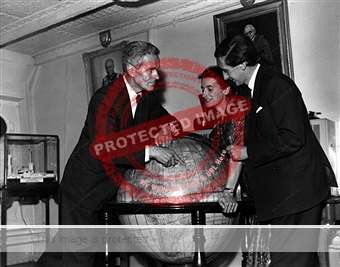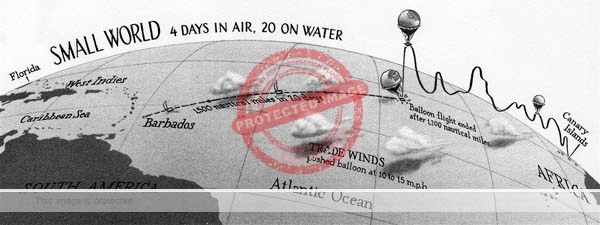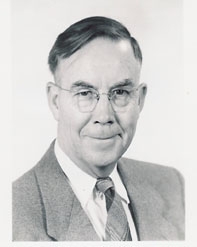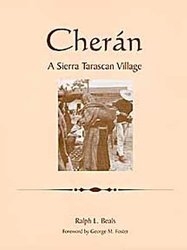The talented nineteenth century poet and dramatist Pablo J. Villaseñor is best remembered today for his creative work. But, shortly before he died in 1855, he also wrote an entry about Lake Chapala for a remarkable, collaborative, national, multi-volume publication titled Diccionario universal de historia y de geografía.

Here, in translation, are a few select excerpts from his 2200-word entry on Lake Chapala to give a sense of Villaseñor’s writing:
* CHAPALA: 13 leagues southeast of Guadalajara lies this delightful lake, surrounded by towns and estates of prodigious fertility. It is truly surprising that it has not been given the importance it deserves and that it is still so little known even by the people of Jalisco. . . . “It can be said that this lake is one of the most beautiful in the Americas, and in Europe there are seas less worthy of the name than the Mar Chapálico.”
After a concise description of the lake’s size, seasonal changes in depth, and main settlements on or close to its shores, Villaseñor laments that:
The unfortunate state of neglect of all our assets, and the lack of public spirit to undertake profitable projects, means that today only small fishing canoes and the occasional private boat or falúa [open decked boat] can be seen on Chapala, together with two that belong to the state government. [Ed. Note: The first steamboat was launched on Lake Chapala a decade later, in 1868.]
The indigenous people who live on the shores are generally farmers; but they also dedicate themselves ardently to fishing, and it is noteworthy that when the lagoon is perhaps at its most turbulent, on stormy nights, two or three fishermen will launch a miserable canoe, which is taking on water everywhere, to catch a few fish, the value of which does not exceed 8 or 10 pesos, if they are lucky. But the men who were born on the shore of the lake, who open their eyes to contemplate it every day, and who fall asleep on its beaches to the confused sound of its turbulent waves, have completely lost their fear. And we know someone who, when the storm raises the waves higher and the Mar Chapálico becomes more furious, throws himself into the water on a small raft, clutching a bottle of mescal, and in the depths of the lake falls asleep under the influence of the spirit, until the waves throw him back onto the shore. One of the magnificent spectacles that the lake presents is when a water bomb, commonly called a culebra [snake], falls on it: the storm thunders horribly over the waves; then the entire cloud detaches itself as a great column of water, and immediately another, gigantic and boiling, rises, with the entire lagoon as its base; the moment the cloud touches the waters of Chapala, it detaches itself, and the lake and the sky become tranquil and beautiful, like two mirrors placed one in front of the other.
One of the things that makes Chapala unique is its sweet, drinkable waters. They irrigate a multitude of orchards along the shore, where the finest fruits and vegetables are produced. They also serve as an immense watering place for the many livestock on the surrounding farms. The water is clear, and no alligators or other offensive animals are ever seen in such a vast lagoon. On the contrary, the delicate white, delicious catfish, and an infinite variety of other fish inhabit its waves. This makes the entire shore a delightful place to swim, especially Chapala, where you can walk on crystalline white sand.
Among the fertile towns along its shore, one of the most beautiful is the one that gives it its name. Chapala is a small but delightful town, at the foot of the beautiful San Francisco Hill, which has the shape of a cone. It is famous for its hot springs, where many sick people recover their health, and for its fertility and temperature, under which the most varied and delicious fruits are grown. Still present on its shore, lapped by the lake’s waves, are the ruins of the old Franciscan convent, which today is a sad patch of rubble with a destroyed church that serves as a parish.”
Villaseñor includes only a brief reference to Jocotepec:
Another town worth mentioning is Jocotepec, for the gigantic image of the Lord of Huaje venerated there. Contemplating its enormous stature, which exceeds four varas [3 meters], one immediately realizes that the unfortunate Indians still mix the ridiculous exaggerations of idolatry with Christian worship. For them, the Lord of Huaje is a greater god, and to demean him would be sacrilegious temerity.”
But he then offers a detailed account of the town of Mescala [Mexcala], and the role its residents played as “brave defenders of the island that bears that name” during the War of Independence.
Villaseñor agrees with several earlier prominent individuals (Samuel L. Trant, Mariano Otero and Manuel de J. Olazagarre) that it is worth studying if navigation could be improved on the River Lerma, Lake Chapala and the River Santiago, in order to better link Mexico City and Querétaro with the states of Jalisco and Michoacán.
He concludes by hoping that his remarks might inspire his readers:
Would that these ill-formed lines could ignite a spark of that enthusiasm that has raised the cultured nations of Europe to such heights!
Following immediately after Villaseñor’s account of Lake Chapala in the Diccionario is a much shorter piece, with overlapping content, written by Manuel Orozco y Berra.
And, Volume 9 of the Diccionario, an appendix published a few years later, includes a third description of Lake Chapala. It was a Spanish language translation of the earliest scientific account of the lake, written by Paris-born naturalist Henri G. Galeotti. First published in French in 1839, a Spanish translation appeared shortly afterwards in El Mosaico Mexicano, a journal edited by Victoriano Roa.
It is highly probable that the republication of Galeotti’s work in the Diccionario was the source of the excerpts used by Antonio de Alba in his important book Chapala (1954), the earliest serious attempt to document Chapala’s local history.
Sources
- Pablo J. Villaseñor. ca. 1853. “Lago de Chapala,” in Lucas Alamán, José María Andrade, et al (comp). 1853-1856. Diccionario universal de historia y de geografía. 10 vol. Mexico: Tipografia de Rafael / Librería de Andrade. The Villaseñor entry for Chapala is Vol 2, p 666-668.
- H. G. Galeotti. 1839. “Coup d’oeil sur la Laguna de Chapala au Mexique, avec notes géognostiques. géognostiques.” Acad. Roy. Soc. Bruxelles, Bull., 6, pt 1: 14-19.
Comments, corrections and additional material are welcome, whether via comments or email.

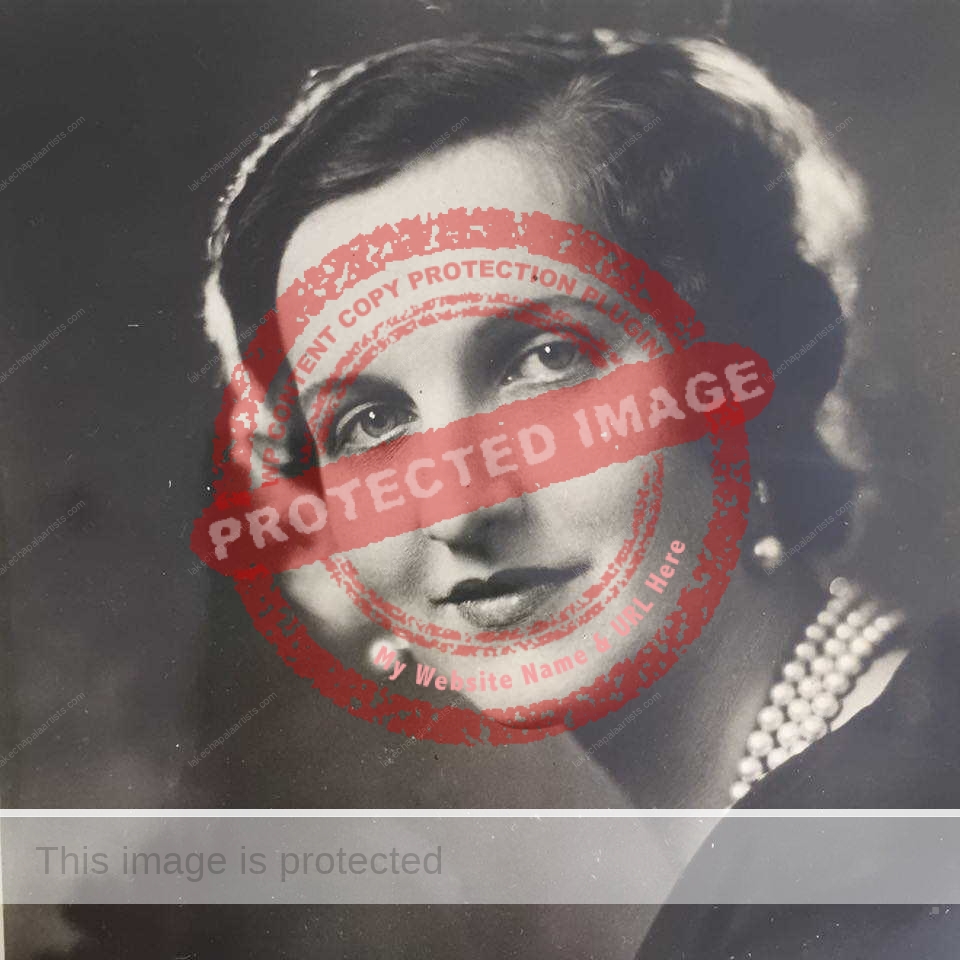
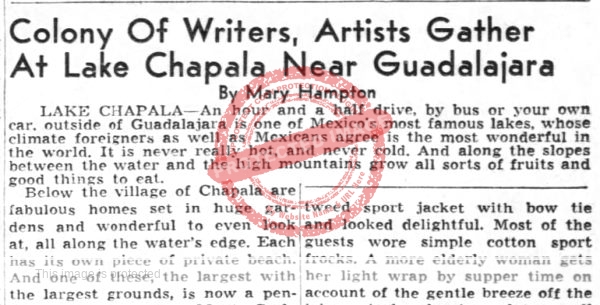
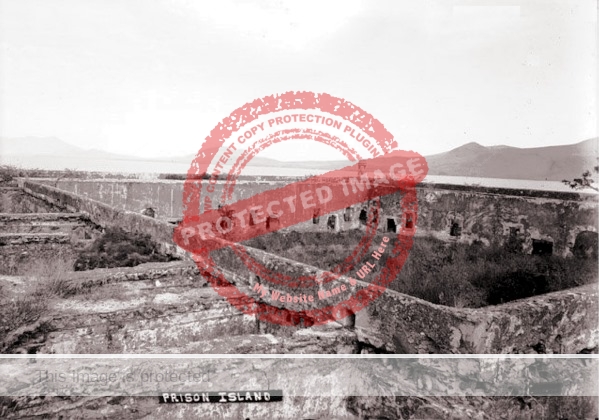


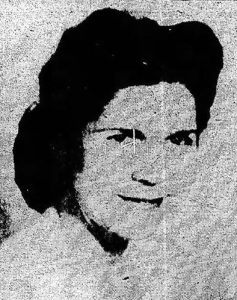

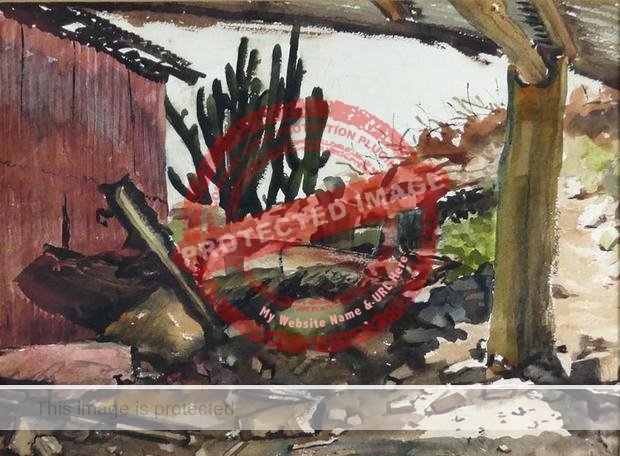
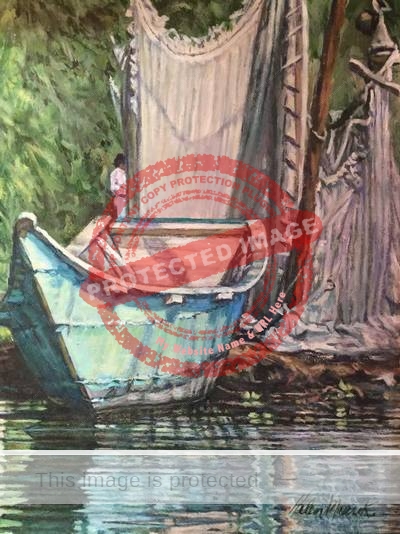
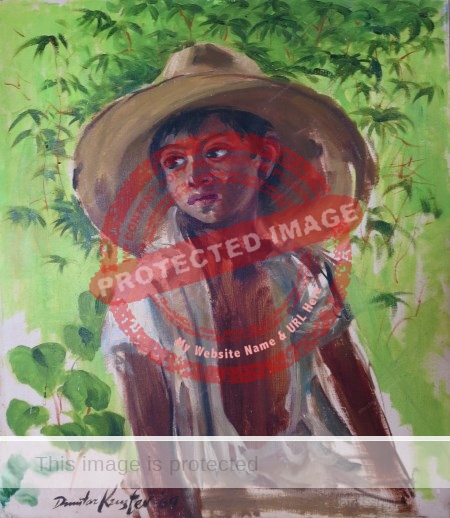
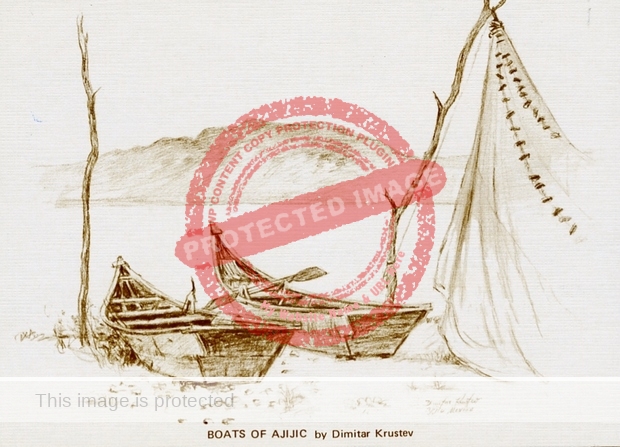
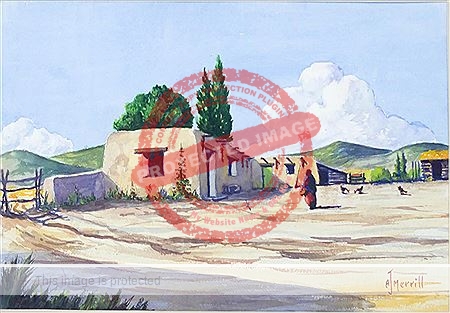
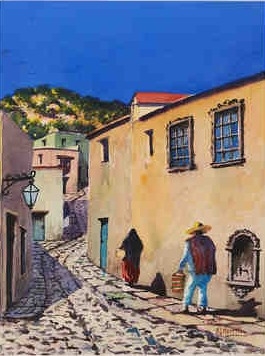
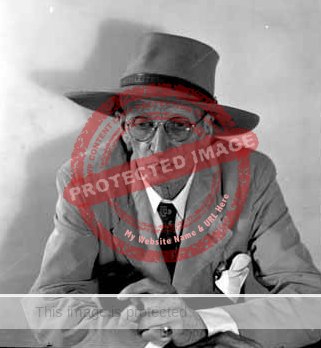
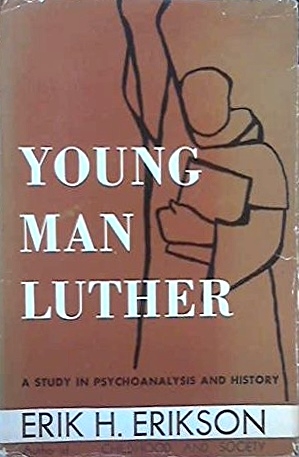 Erikson had been persuaded that Ajijic was a quiet place in which to write by Helen Kirtland and her husband Dr Larry Hartmus. After an exchange of letters, Erikson ended up renting the “cottage” on Calle Independencia belonging to the Sendis family, whose son,
Erikson had been persuaded that Ajijic was a quiet place in which to write by Helen Kirtland and her husband Dr Larry Hartmus. After an exchange of letters, Erikson ended up renting the “cottage” on Calle Independencia belonging to the Sendis family, whose son, 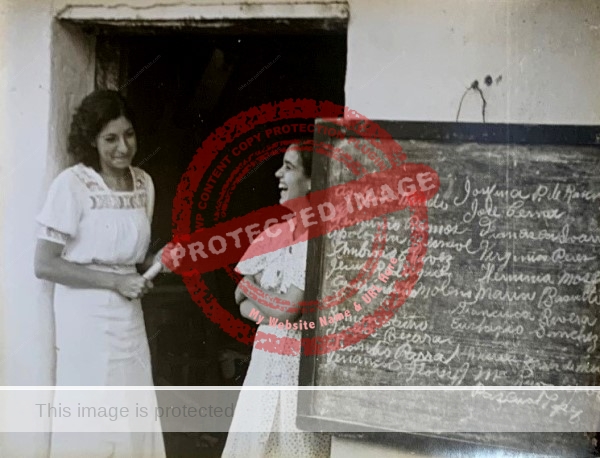
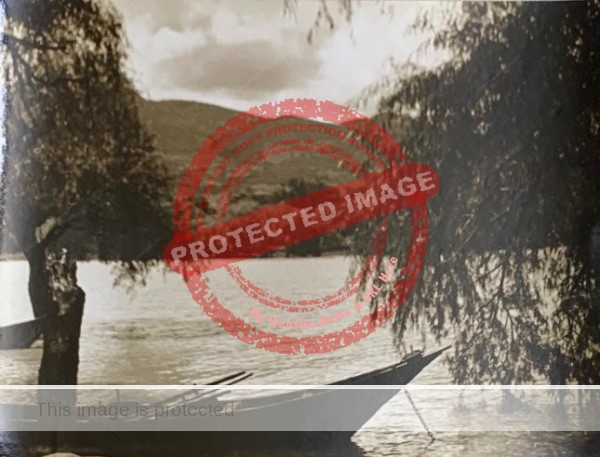
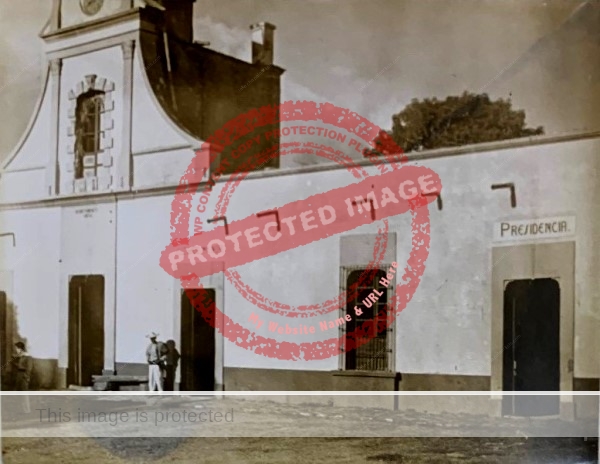
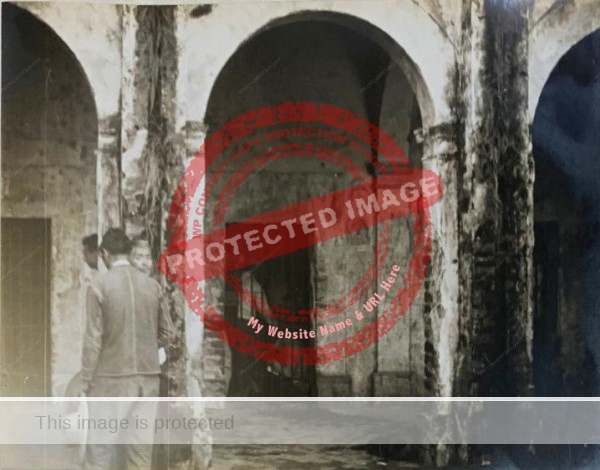

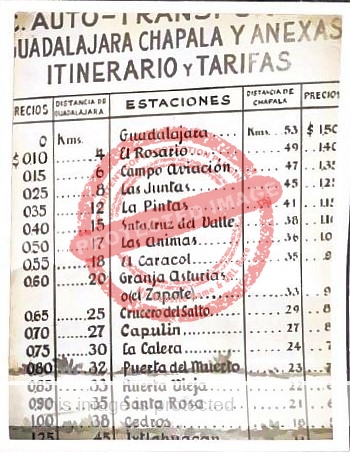
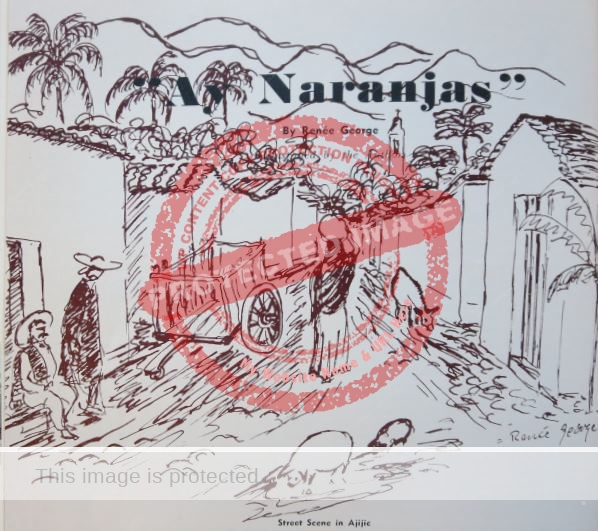
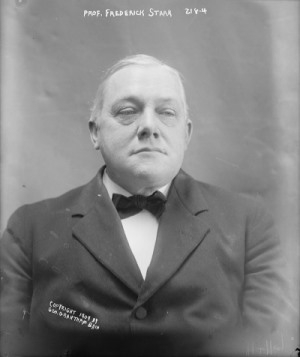
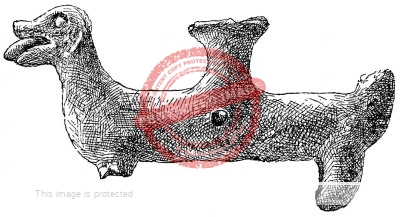
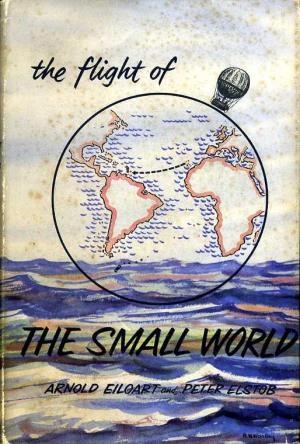 After the couple separated in about 1940, the children were sent out of London to live with their grandmother. When the war ended in 1945, they returned to live with their mother in London, where she was then working as a doctor.
After the couple separated in about 1940, the children were sent out of London to live with their grandmother. When the war ended in 1945, they returned to live with their mother in London, where she was then working as a doctor.